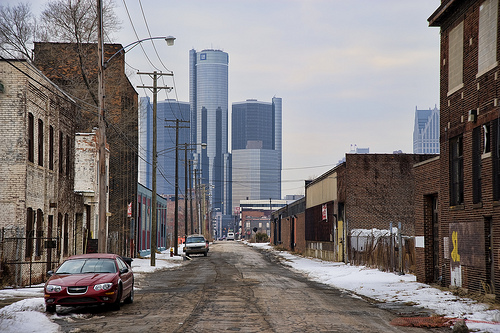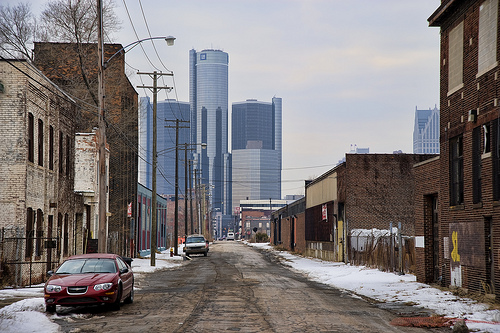
Photo by Trey Campbell.
Everything single part of a building, from the windows the the air conditioning and heating system, has become significantly more energy efficient over the past 20 years. And yet buildings, as a whole, are using more or less the same amount of energy they always have. What gives?
The problem is that most commercial structures are built by what amounts to an unruly mob, says Jim Freihaut, an engineer at one of the U.S. Government’s Energy Innovation Hubs, in Philadelphia. Electricians, plumbers, the architect who decides how many windows the exterior will have: They’re all struggling to create a structure that will function to spec. “None of them wants to be responsible for a building that is too hot or stuffy, can’t heat its water or is too dim,” notes Saqib Rahim at Climatewire.
The result is a structure that is overbuilt to meet the needs of its inhabitants — its air conditioning system is too powerful, the arrangement of windows has been made without consideration for how they’ll affect temperature regulation, etc.
“By the time you get to the end, everyone will have spent every effort they could to minimize their risk and maximize their profit,” he said. “What happens? You wind up with the same building you could have had 20 years ago. And the data indicates that’s actually what’s happened in the industry.”
Freihaut’s job is to transform a derelict building into not only the Energy Hub’s new headquarters, but also a showcase for energy efficiency. Of course, he’ll be solely responsible for the retrofit, since nobody knows better than he does that too many cooks make the soup unsustainably inefficient.




